Configuring the ideal beer and food pairing can be incredibly satisfying. While some combinations come instinctively – bacon fries and a pint of Best Bitter anyone? – others take more consideration. Here’s our guide to some of the more common beer styles and the foods we like to eat with them. In each section we’ve included some examples of the style, many of which we stock or have stocked in our shop and pub.
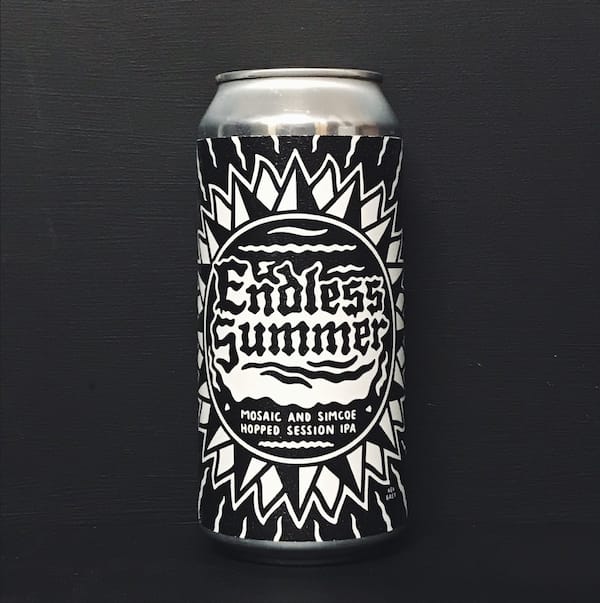
Crisp, zesty, thirst-slaking, Pale Ales are a staple of British drinking culture. The more traditional iterations of this style are brewed with native hops like Fuggles and East Kent Goldings, which imbue these beers with aromas of fresh-cut grass, honey, and thyme. More contemporary (“craft”) takes on the style often incorporate American and Antipodean hop varieties, which impart bold citrus, tropical, and stone fruit flavours – grapefruit, passionfruit, pineapple, and nectarines.
Whichever way your Pale Ale leans, these beers make an excellent pairing with doorstop-sized wedges of mature cheddar cheese, steaming chicken and mushroom pies, or, for the connoisseur of foil and film-wrapped bar delicacies, roast chicken-flavoured crisps with a sausage roll on the side.
Examples: Landlord (Timothy Taylor’s), Endless Summer (Black Iris), Steady Rolling Man (Deya), Beyond the Firs (Burnt Mill)
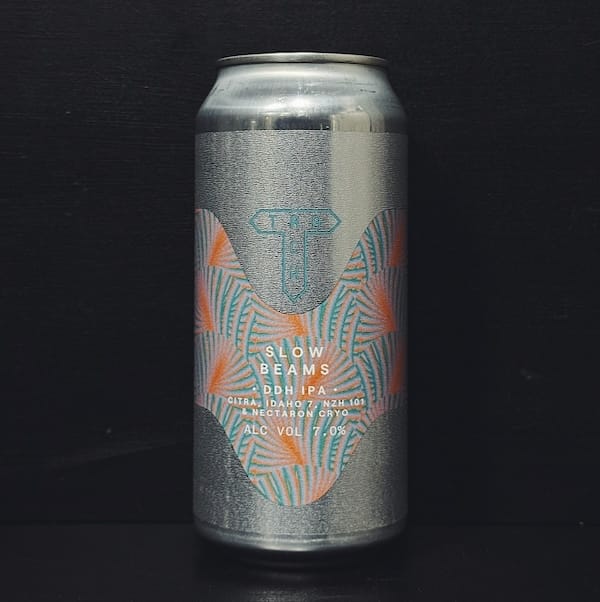
The India Pale Ale encompasses a broad spectrum of “hoppy” beers, which range from juicy tropical fruit-tasting brews to fresh, resinous beers. These two diverging takes on the style are commonly referred to as “East Coast” and “West Coast” IPAs respectively. East Coast IPAs are packed with American and/or Antipodean hops and carry punchy citrus and tropical fruit flavours with a mellower, sweeter finish than their West Coast cousins. This makes them great for pairing up with salty dishes, from bowls of thick-cut chips drenched in tomato sauce to wakame-laced ramen. They’re also great with a bag of ready salted crisps or salted nuts.
On the other side of the fence, West Coast IPAs have a dry, piney quality that makes them ideal for washing down spicy foods and cutting through oils and fats. Try one (or several) alongside an overflowing balti bowl of marinated meats with compulsory tower of popadoms, or, in the pub, a packet of crunchy chilli-coated nuts.
Examples: Putty (Verdant), Slow Beams (Track), Julius (Treehouse), Oregon Trail (Elusive), Pliny the Elder (Russian River), Torpedo (Sierra Nevada).

The quintessential English “pub drink”. These beers range from golden to dark amber in colour and have tasting notes that convey caramel, apricots, digestive biscuits, and driedfigs. They pair well with the rich, dense pastry and lightly peppered filling of a pork pie, or with crumbling mounds of Wensleydale cheese…or a packet of beef-flavoured Monster Munch.
Examples: Bass Premium Ale (Bass), Wizard of Finance (Liquid Light) (you can find these on rotation as our “house” bitters at Brew Tavern), Bitter Simmonds (The Kernel)
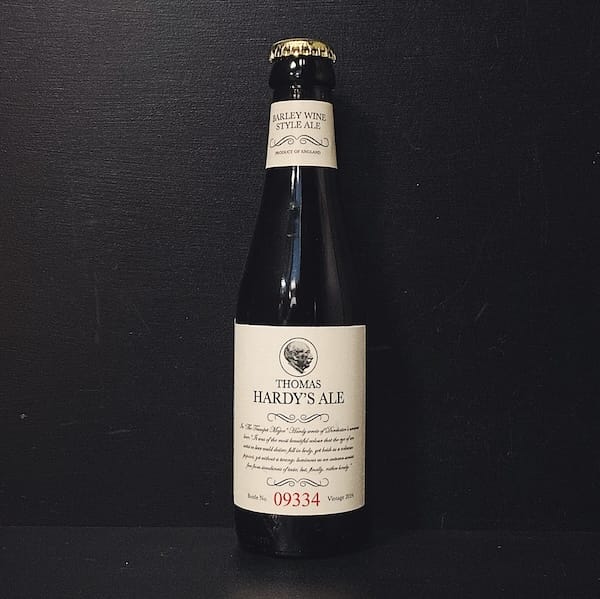
Boozy beers that pour deep auburn to copper in colour. Expect notes of toffee, raisins, marzipan, and a hint of spice. A good barley wine is smooth and easy to sip (perhaps too easy!). Their strength and sweetness makes them a great accompaniment with gooey, smelly cheese or a slab of malt loaf with thickly spread butter.
Examples: Thomas Hardy’s Ale (Hepworth & Co), Barrel Aged Barleywine (Vault City)
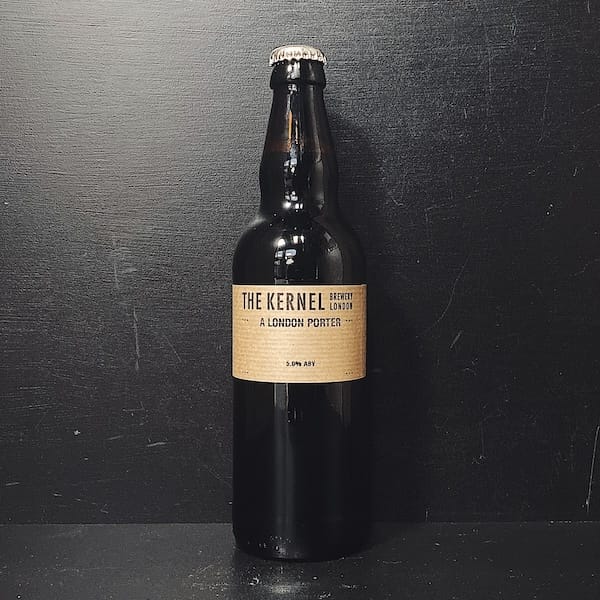
The history of porters and stouts is a long and intertwined one. The porter can be traced back to the eighteenth century, with the term “Stout Porter”, which was later shortened to “Stout”, emerging as a means of describing stronger brews.
While these dark beers are by no means homogenous – stouts can be crisp and dry or sweeter and more indulgent, while porters can be “robust” (stronger in alcohol content and fuller bodied) or hoppy – they share a similar range of flavours. Freshly ground coffee, earthy hazelnuts, and bitter chocolate notes are perhaps most common. Drier iterations of these styles make a great accompaniment to barbecued meats or with nutty, slightly sweet cheeses like Compté or Gruyere. Beers that tilt towards the robuster, sweeter side of these styles combine well with spicy foods like curry and Szechuan dishes.
Examples: Robust Porter (Burning Sky), Stout Beer (Newbarns), A London Porter (The Kernel)
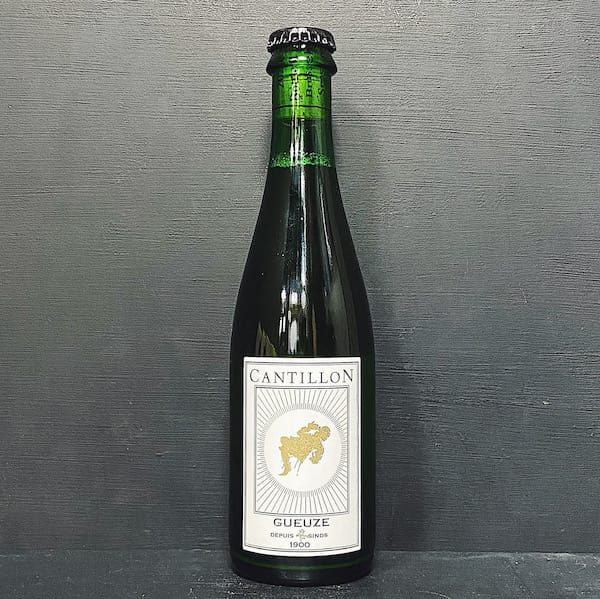
These classic styles of Belgian beer are tart and funky – think not-too-distant relations to champagne and Breton cider. Lambics are beers that are fermented in an open vessel, which enables “wild” yeasts to inoculate the beer, as opposed to using a manufactured yeast strain. This gives them a level of sourness not commonly found in other beer styles. The cider comparison is a useful one, as the acidity of these beers conveys a distinctively “appley” flavour and the same slightly sulphurous funk associated with traditional types of cider.
Gueuze is the name given to lambics that have been blended, usually an older lambic of three years or more with a younger beer. The blending process gives these beers a greater intensity of flavour, increased alcohol volume, and a striking effervescence, which is why they are often considered to be the beer equivalent of champagne.The acidity of these beers and their “farmyard” characteristics makes them ideal for pairing with mussels in white wine, goats’ cheese, fresh salads with apple and fennel, or Thai green curry.
Examples: Gueuze 100% Lambic Bio (Cantillon), 3 Fonteinen Oude Geuze (3 Fonteinen)